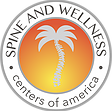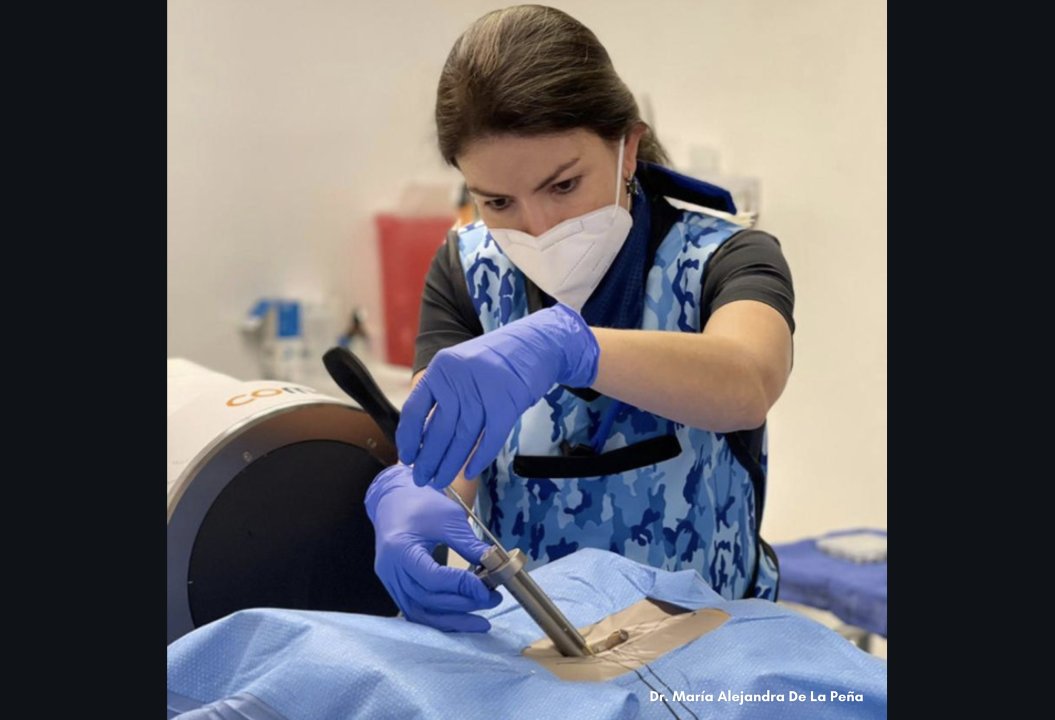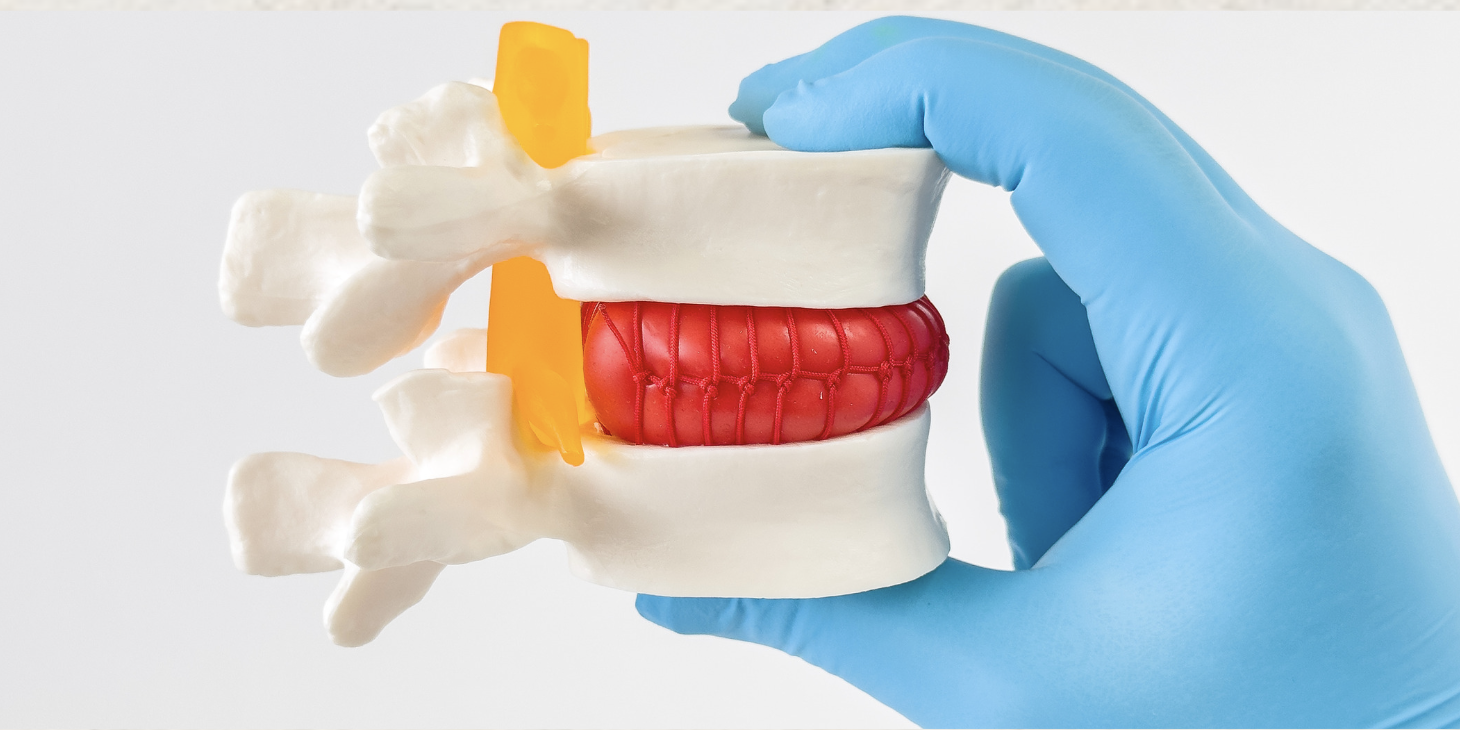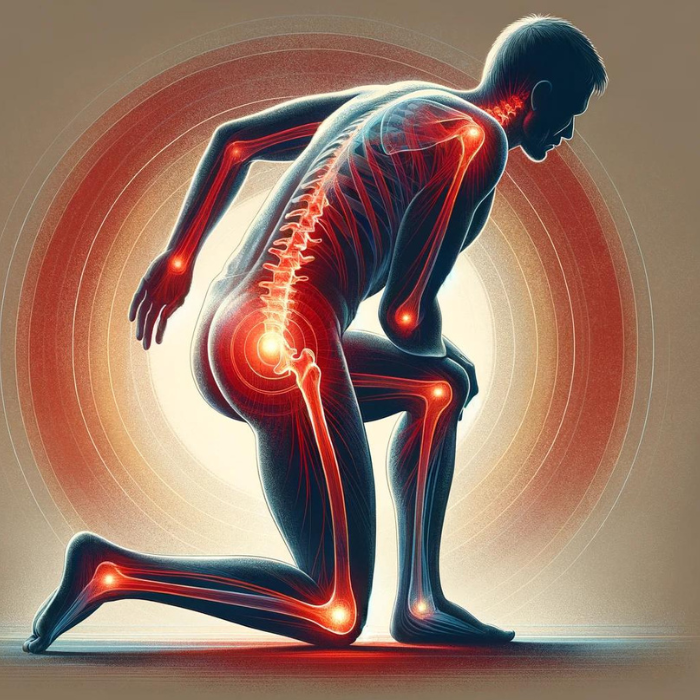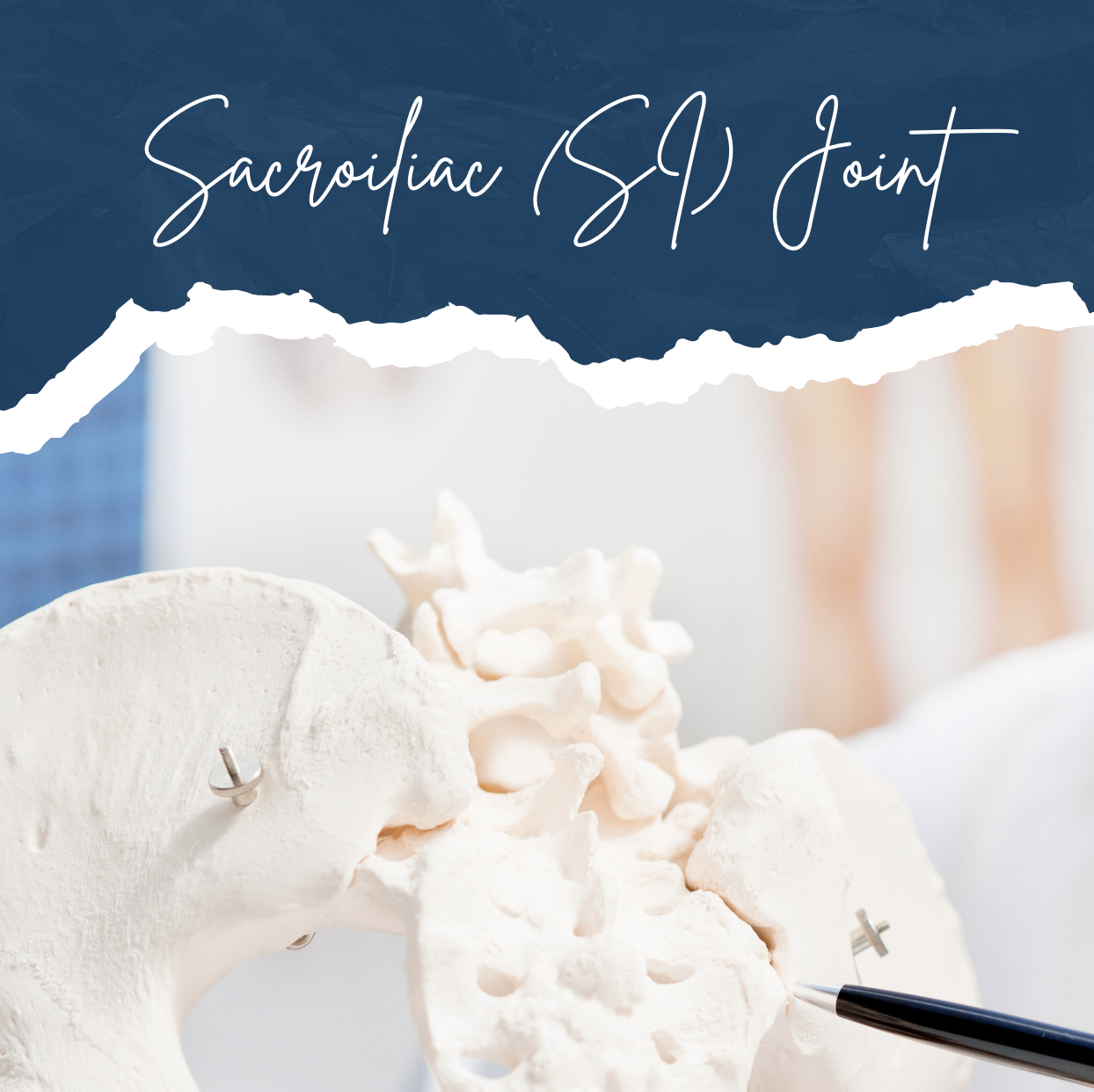Back pain is a leading cause of disability globally. It’s one of the most common reasons patients miss work and visit a medical professional. Affecting 8 out of 10 people at some point during their lives, pain in the back ranges from a dull, throbbing ache to shooting, burning, sudden and sharp pain. While acute back pain comes on quickly and lasts from a few days to a few weeks, chronic back pain is defined as that which lasts for more than three months. Additionally, the pain may radiate down the leg and become worse with motions such as bending down, walking, twisting, or even just standing.
General spinal conditions include:
- Disc herniation
- Sciatica
- Spinal stenosis
- Degenerative Joint Disease (DJD) of the spine
- Facet syndrome
- Scoliosis
- Lumbar and cervical radiculopathy
- Myofascial pain
- DDD (Degenerative Disc Disease)
Two conditions that are particularly debilitating when it comes to pain are Lumbar Stenosis, DDD, Post-laminectomy syndrome, and Sacroiliitis. According to the NIH, over 500,000 spinal surgeries are performed annually in the United States. However, only 75 to 80 percent of patients find relief. Some are left in more pain than before. Post-laminectomy syndrome is a condition where patients experience on-going and persistent back pain following spinal surgery. Some patients develop new, unrelated spinal problems post-op above, below, or at the level of surgery, while in some the original pain remains untreated, and finally, in some patients complications develop such as nerve injury, infection, or development of scar tissue compressing nerves.
Patients with post-laminectomy syndrome experience symptoms of pain, discomfort, muscle spasms, neuropathic pain, numbness or tingling, weakness, and stiffness.
Post-Laminectomy Syndrome is a condition where the patient feels pain after a correctional laminectomy or another form of back surgery. It’soften treated via noninvasive methods such as nerve blocks, spinal cord stimulation, facet joint injections, and Radiofrequency Ablation.
Sacroiliitis is the inflammation of one or both of the sacroiliac joints which are located where the sacrum meets the ilium (a part of the pelvis). Sacroiliitis is a common source of lower back pain or pain in the buttocks or thighs. Sacroiliac joint (SIJ) pain affects between 15 and 30% of patients. Conditions that cause inflammation in the sacroiliac joint, include:
Osteoarthritis, Ankylosing spondylitis, Psoriatic arthritis, Trauma, Pregnancy or Pyogenic sacroiliitis – a rare infection of the sacroiliac joint caused by the bacteria Staphylococcus aureus.
Before moving forward with a specifically targeted treatment plan, doctors like Dr. Maria Alejandra De La Peña at SWCA will conduct diagnostic tests (including X-Rays, CT scans, and MRIs) in order to pinpoint the cause of the persistent pain. With a diagnosis in hand, Dr. De La Peña may recommend specific procedures or a combination along with medications.
Vertiflex Procedure uses a small implant spacer that is placed inside the spine. Once inserted, the spacer’s arms hold the space open without damaging nearby bone or spinal tissue. This creates a necessary space while taking pressure off the nerves. The result is a reduction or elimination of pain in the back or legs. Vertiflex has been clinically proven to show reduced or resolved pain in 90% of patients with spinal stenosis. Watch Vertiflex Procedure Video
Minimally Invasive Sacroiliac Joint Fusion is a procedure in which movement at the sacroiliac joint is eliminated by grafting together the ilium and sacrum. Bone graft implants are typically used to stabilize and prevent this movement. The minimally-invasive procedure is performed under MAC anesthesia IU sedation). A small incision is made in the lower back where a small device drills a small hole through the ilium to access the sacroiliac joint. A bone graft and surgical implants are then inserted.
REGENERATIVE MEDICINE
Regenerative Medicine exists as a solution for both treating injury and may be beneficial as a preventative measure. These options are also minimally-invasive. Highly trained, experienced, and board-certified doctors like Dr. De La Peña are skilled in the most cutting edge procedures that utilize all that regenerative and preventive medicine has to offer.
Stem Cell therapy, for instance, is a powerful method of healing that can repair strained or torn tendons and ligaments resulting in quicker recovery and a strengthened body. These regenerative options, such as PRP, can be used as the main treatment or in conjunction with more conventional approaches. Best of all, these therapies use the body’s own materials to speed recovery while encouraging new tissue growth.
NEWS
Medicare and some commercial insurances will begin approving amniotic placenta fluid Allograft as a stem cell therapy.
Contact us for more information at 305.974.5533
